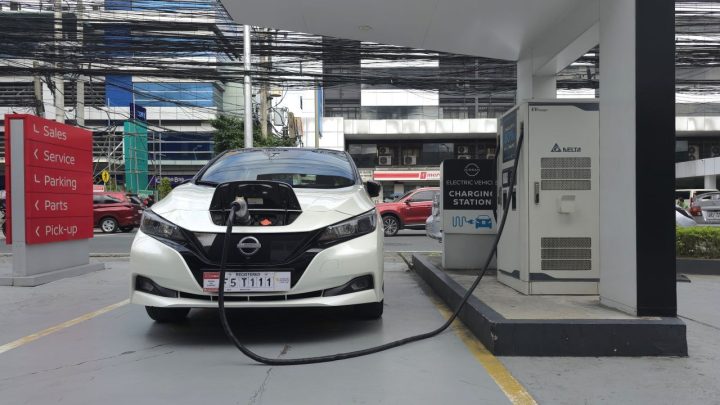
We normally test cars in the usual, daily-driven context. When we got the Nissan LEAF, that was the logical way to go about it, yes? Well, no, not this time. See, this particular specimen from Nissan is one of, if not the oldest battery EVs in its stable. And what is one thing that makes people shy away from BEVs? Range anxiety. This is how I did what I could to push the envelope and see how far it could go, what conveniences and problems one could expect, and some other things that we noticed with this “old-school” (if there’s even such a thing) BEV.
The Nissan LEAF – Used as a daily and dealing with range anxiety
A bit of a history lesson before we begin, if you’ll indulge me. Nissan has been dabbling in battery power since 1947 by way of the Tama. Many years later, they came out with the Prairie Joy which used a Li-Ion battery, and other cutesy cars such as the Hypermini and the Pivo came out in movies or novel displays and drives in Japan. It wasn’t until the Nissan LEAF – first released in 2010 – brought a commercially available battery-powered passenger car to the masses. It’s come with improvements in the years that followed and the unit we have now is its latest iteration. So let’s start on that note.
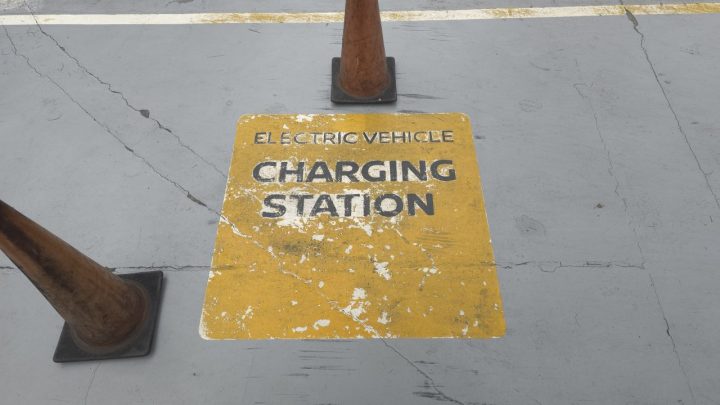
Those who know me know that my approach to testing cars is that of a “blind” consumer. I don’t read much of the brochure or specs, nor do I ask the manufacturer for many details before I get around to the actual writing so as to avoid any preconceived notions or bias. What you’re about to read is an overall experience seen from a normal “citizen”; think a Nissan LEAF and EV first-timer who has just taken the plunge and is thrust right into the realities of running only on batteries, at the mercy of a home outlet.
So, at 87% charge and a range that indicated about 249 kilometers, we were ready and tootin’ to push the envelope of the Nissan LEAF’s range and my ability to handle range anxiety. For a backgrounder on this unconventional “test”, I had to assume that this was a car of my own, charger in-trunk, but alas, I was met with a broken charger with no immediate charging station in sight. Oh, what to do? (Okay, Nissan Philippines, the charger works, yeah? We’re playing “pretend” in this situation, so don’t you worry. Besides, we can’t really know when an “emergency” can strike, right?)
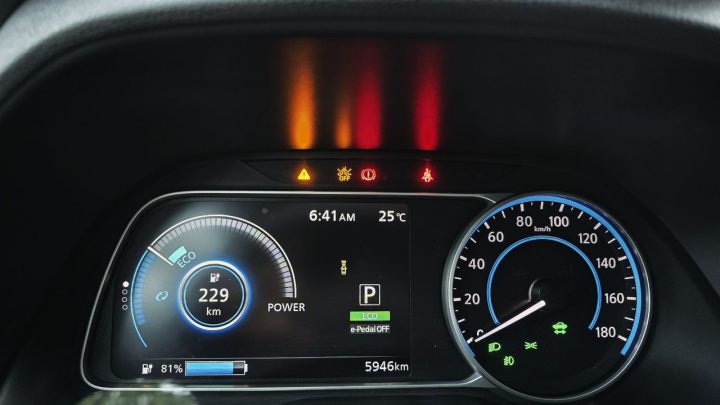
Yes, we started the test with the Nissan LEAF having 87%, but as only the first day progressed and our journey got caught in some stop-and-go traffic, that whittled down to 81% with an estimated range of 229 kilometers. Not as bad as I thought, but given how the juice in the batteries went down rather quickly, I started feeling a bit antsy. Remember, we are looking at the worst-case scenario for having a Nissan LEAF run dangerously close to empty with no immediate charger in sight. This is about as “real” an emergency as it gets.
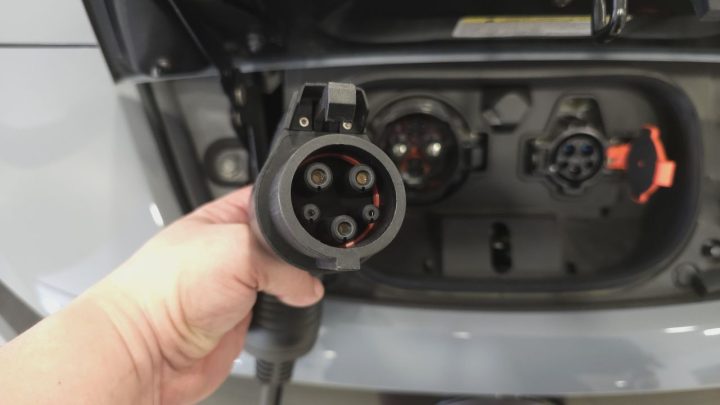
A couple more kilometers through the following days, I let the number go down to about 30%. Time to charge! … Only, I couldn’t find any EV chargers in sight. Yes, there were a couple along EDSA Greenhills, but once I got there, they were using different charger plugs! Que horror! Nothing else to do but keep going, right? It was at this point that I found myself, coincidentally, in Makati. “Oh, there’s a Unioil with an EV charging station right before Guadalupe Bridge. Hooray!” So I got there, I found that they did have the correct plug and charger type, but alas!, the charger was out of service! The fear was becoming pretty real by now.
This Nissan LEAF’s battery is going kaput!
It was at this point that I was already making some calls to malls and Nissan dealerships. The fact is, I am unaware of which one(s) might have an EV charger that can juice up the Nissan LEAF units of their customers and I can say that it was quite opportune because there was one in the Nissan Mantrade dealership! I made my there, posthaste. As I pulled into the dealership, the journey from Unioil Guadalupe to Mantrade pulled the Nissan LEAF’s charge down to 22%. But I made it.
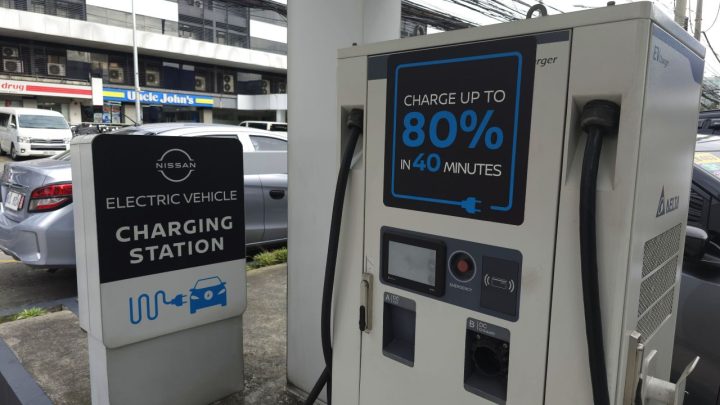
Before we move forward, here’s what the deal was. The Nissan LEAF uses two different types of charger plugs: Type 2 and CHAdeMO. The former is more commonly used for AC outlet charging at home, while the latter is used for faster and more rapid DC charging. Again, we want to remind you that the premise of this test includes theoretically having a non-working charger cable and having to look for a charging station while in transit. Moving on.
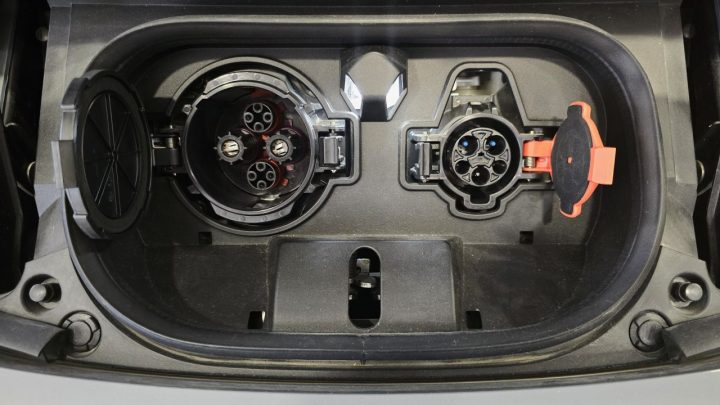
Now, I mentioned that I came across a charging station in the EDSA-Greenhills area and that they had different plug types. That particular station had CCS2 and GB/T connectors. Apparently, these are the most common ones that are being used in EV charging stations across Metro Manila. Simply put, if you have a Nissan LEAF that’s in dire need of juicing up because you’re left with no working personal charger, you are horribly out of luck.
In the back of my head, the newly-opened EV charging station at UP Town Center would probably have what I needed; of course, that wasn’t so. Tough luck, indeed. This is our first lesson. Whether you’re in the market for a Nissan LEAF or any of the newer BEVs available locally, make sure that it comes with a charger that is “universal” in application, that is on which is accessible outside of your home in cases of charging emergencies. EV charging stations are steadily growing in number, but the infrastructure clearly does not cater to every single type of EV and plug type, the Nissan LEAF included.
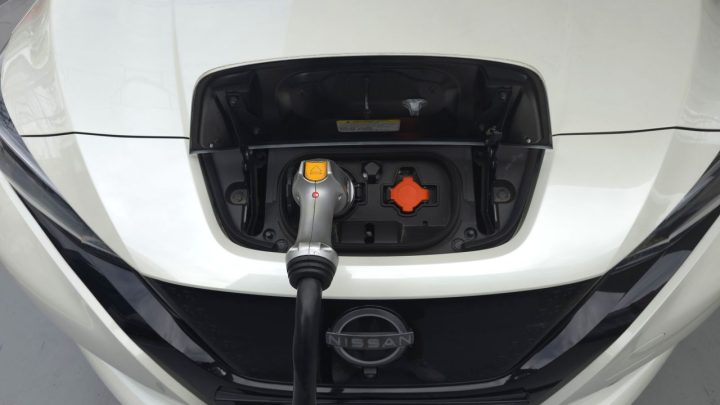
So now that that problem has been solved, charging can finally begin. Here are a few things you may need to take note of. When we got to the dealership, another Nissan LEAF was being charged, so if you are at the mercy of a public charging station’s chargers, time is something you’ll need to have a surplus of. Our turn did come, though. Charging started at 2:55 PM, still at 22%.
Since the dealership makes use of a fast DC charger, we were rather excited as to how long this would take.
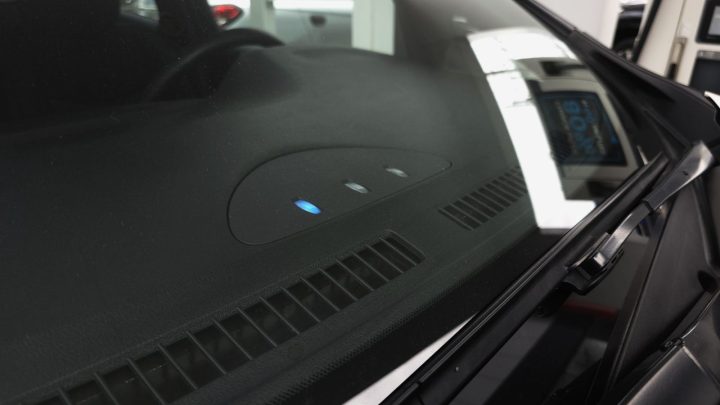
The only indicator you have that your Nissan LEAF has begun charging is the three lights on the dashboard. As you can surmise, it starts with one blinking light which moves up to all three lighting up. At the 3:10 PM mark, it already went up to 2 blue lights. Impressive! If only charging at home with the provided charger cable could be as fast, yeah? By 3:34 PM, all three blue lights have already come on. Wowza! A shade below 40 minutes and the charger did give us 80% worth of juice!
I asked the resident guard who was also in charge of the charging station if that was the sign to unplug the Nissan LEAF, and to my surprise, he simply said to leave it for a full hour, as was a “usual” practice. Who am I to question what the dealership does, right? I mean, the parameters of this test is that of a total BEV noobie, after all. And so wait for a full hour of charging we did.
Another lesson here: for Nissan customers, charging the Nissan LEAF (or any Nissan that may need charging) is free at the Mantrade dealership. It must be said that this particular dealership was impressive with its cleanliness, staff attentiveness, and facilities. Major props, Nissan Mantrade!
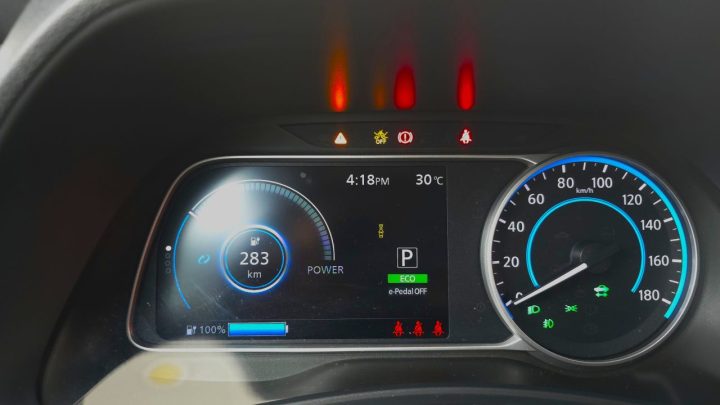
As you can see, when we left at 4:18 PM, the battery of our Nissan LEAF was full at 100% with an estimated range of 283. Now, this is lower than the declared 311-kilometer range by a significant 28 kilometers. We’ll just chalk this up to the natural deterioration of the LEAF’s power cell. Any owner of a BEV should be aware that much like cellphones, their car’s battery will lose carrying capacity through time and use, and a drop in the total range it can cover will suffer. This is yet another lesson gained in this test; a lesson that actually should be top of mind for would-be buyers of any BEV.
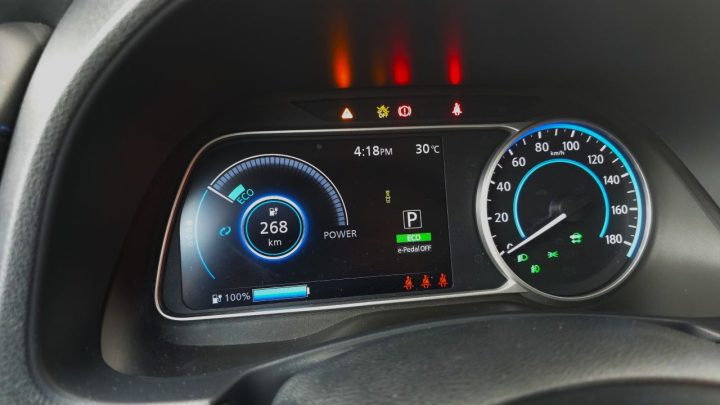
Degradation mentioned, do check the time on the clock in the two photos above. Both read 4:18 PM, right? Yes, the one directly above shows a range of 268 kilometers, and this was just as we drove out of the dealership’s driveway. What is happening with our Nissan LEAF? Again, we’ll chalk that up to the unit’s age. We can (and likely will) get to the bottom of it at a later time and Review, perhaps.
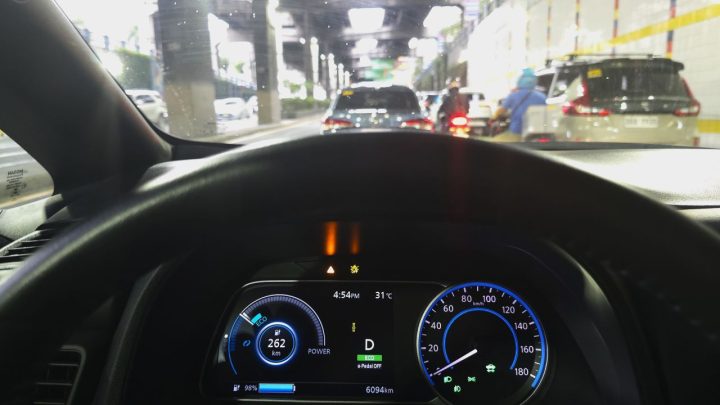
About 36 minutes later, the range indicator was already at 262 kilometers. In that time, the distance we covered was more or less 7 and a half kilometers, so the “consumption” was actually pretty good. That and the Nissan LEAF’s battery lost only 2%. Great stuff, if I may say so myself. It’s safe to say that with about 30 kilometers more to go, and two more days of using the Nissan LEAF ahead of us, we may actually have more than enough in the cells to get us through and by.
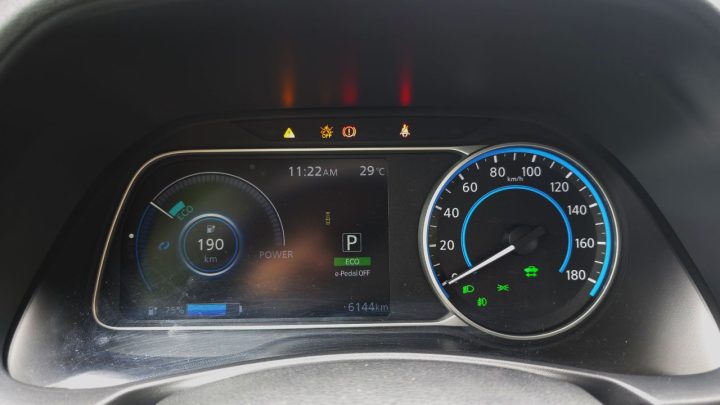
And get us through and by, the Nissan LEAF did. By the time our test was over and, starting with 87%, drinking 65% worth of electrical charge, half a day’s worth of range anxiety and real fear of “what am I going to do if this stalls because I drained the battery?”, 1 full charge, and with about 208 kilometers traveled, I believe the answer to the question “What’s the worst thing that can happen?” has, indeed been answered.
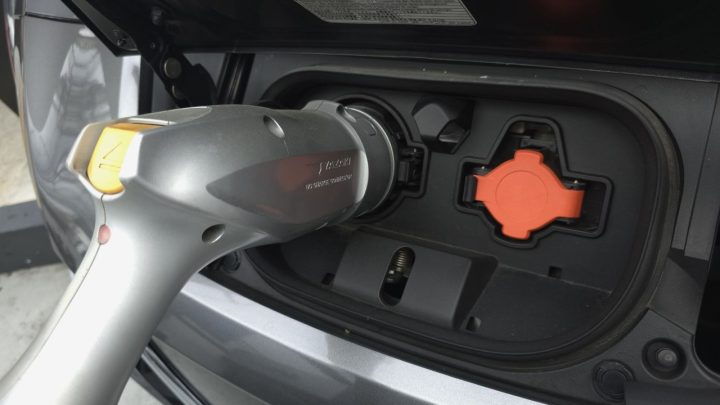
Being un- or misinformed is probably the worst thing that can happen. Based on the parameters of this test, we assumed the role of a clueless BEV owner. If, for some reason, the home charger is damaged or is forgotten to be brought while on a long or even just a city trip, not knowing what to do, where to go, and how to charge are the main enemies here. And those three are also part of the worst things that can happen.
If you’re caught clueless, unaware, or simply not in-the-know of charger plug types, charging stations, and available infrastructure, you may very well find yourself in a pickle if your Nissan LEAF (or any other BEV, for that matter) is on its way to the dreaded 0-battery and 0-kilometer range indicators.
By way of this article, we sought to make you, our dear readers, know and learn more about the Nissan LEAF, and by virtue of our self-inflicted range anxiety (and panic!), make you see BEV ownership in a new and real-life point of view.
The world may be working its way towards electrification. Despite many manufacturers backpedaling on their EV and hybrid production, it is undeniable that EVs will be the future. The LEAF began this journey of Nissan, and many others are following; and have been following. At this point, it’s best to learn about what’s in store for us by looking at it from a more practical and real standpoint.
And since you’re still here and reading this article to the end, we’d like to believe the anxiety and panic we went through were very much worth it.


